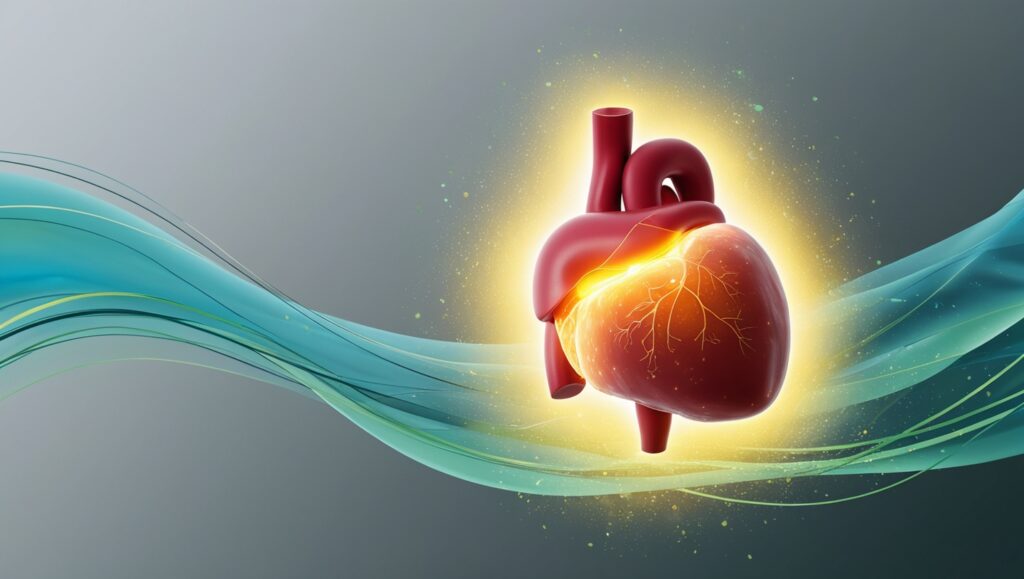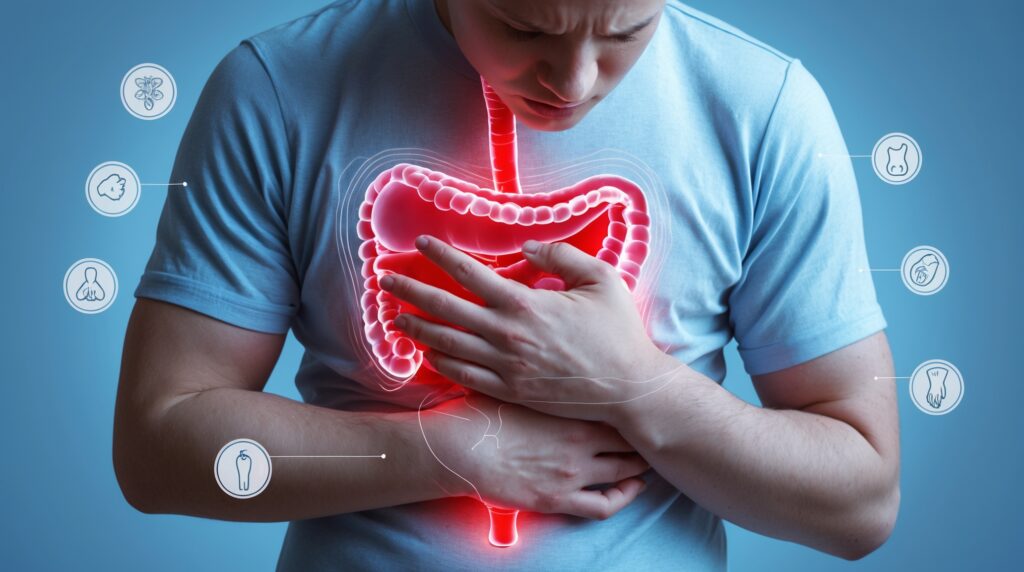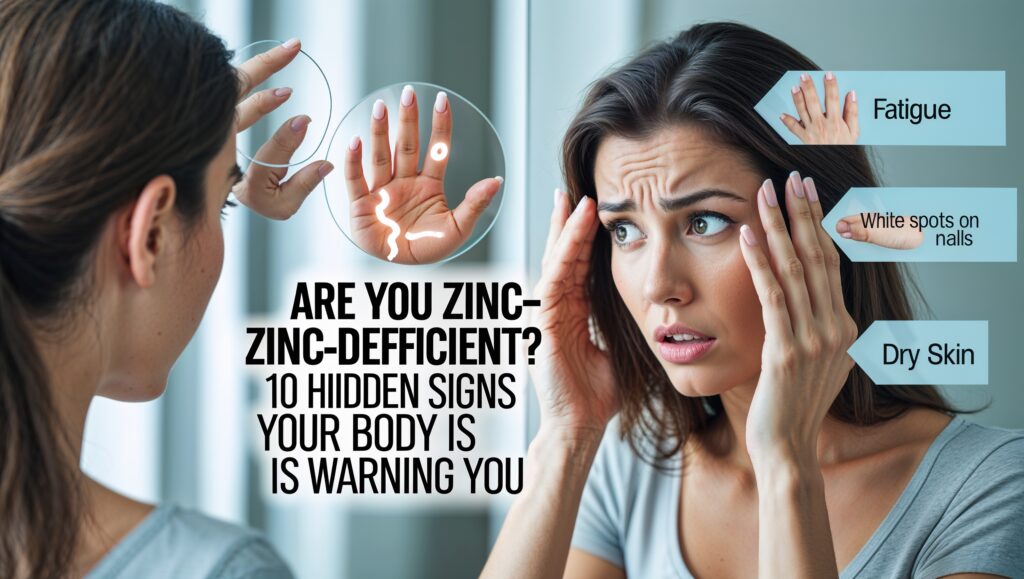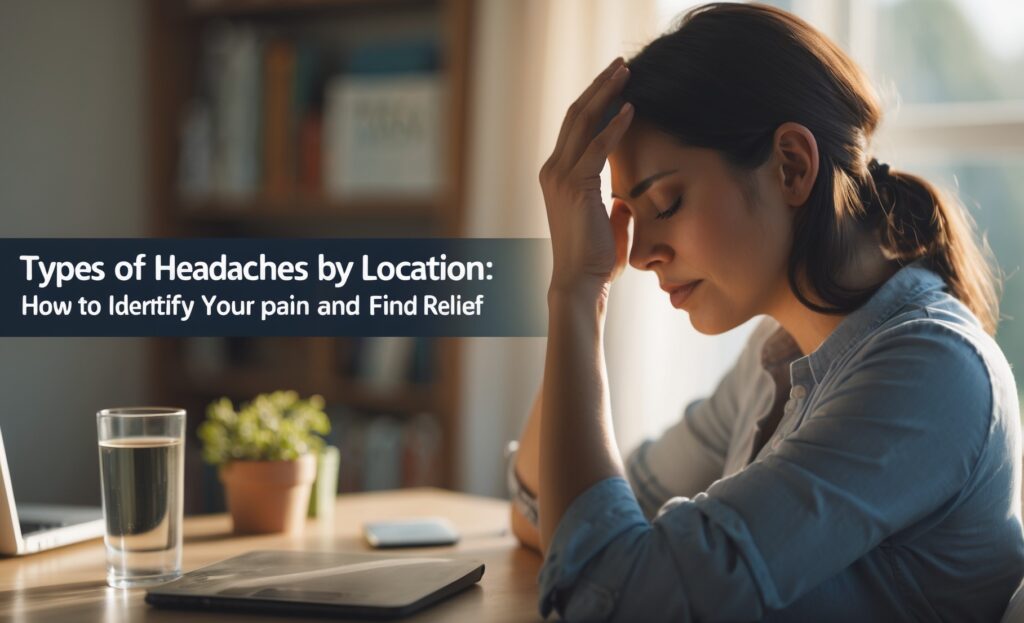
Introduction
The location of your acne provides clues about what internal health issues you might have. An ancient face mapping technique tells us that particular facial breakout locations show how your body systems and organs are affected. This post explains how acne placement can reflect your physical condition and offers complete treatment recommendations to manage these conditions.
1. Forehead Acne: Digestive System and Stress
The position of your forehead acne can indicate digestion problems and elevated stress.
What It Reveals:
Poor digestion, food intolerance, or a buildup of toxins in the body. The combination of stress and insufficient sleep leads to numerous health issues that trigger the appearance of acne.
Solution:
- Drink plenty of water to flush out toxins.
- Consuming a fiber-rich diet supports digestive wellness, including reducing chemical buildup in your system.
- Practice stress management techniques like meditation or yoga.
- Frugal use of heavy hair products should be avoided since these products may cause pore blockage on the forehead.

2. T-Zone Acne: Liver and Stomach
The forehead, along with the nose and chin sections of the face, indicates liver and stomach health problems.
What It Reveals:
Overworked liver, poor diet, or excessive consumption of alcohol, caffeine, or fatty foods.
Solution:
- You should detoxify your liver through decreased consumption of alcohol and caffeine.
- Eat a balanced diet with plenty of leafy greens and antioxidants.
- Avoid greasy and processed foods.

3. Cheek Acne: Respiratory System and Environment
The presence of acne on your cheeks is commonly related to both your respiratory system and environmental factors.
What it Reveals:
Acne on your cheeks indicates whether you are prone to allergies or suffer from pollution and smoking exposure. Phone screen contaminants and unclean pillowcases, together with contaminated air, may create this condition.
Solution:
- Clean your phone and pillowcases regularly.
- You should prevent dirty hands from being exposed to your facial regions.
- You should implement air-purifying devices coupled with plants to enhance interior air quality.
- The smoking habit needs to end to benefit lung function and achieve better skin health clarity.

4. Nose Acne: Heart and Blood Pressure
Your heart condition, together with blood pressure measurements, can be detected through facial acne appearing around your nose.
What It Reveals:
High blood pressure, poor circulation, or a diet high in spicy foods and meat.
Solution:
- You should check your blood pressure regularly, and consulting a physician might be needed if any issues are detected.
- Incorporate heart-healthy foods like nuts, seeds, and omega-3-rich fish.
- Reduce intake of spicy and salty foods.

5. Chin and Jawline Acne: Hormones and Reproductive System
Acne located on your chin or jaw develops because of hormonal changes that affect your reproductive system.
What it Reveals:
A hormonal imbalance, together with irregular menstrual periods or polycystic ovary syndrome (PCOS), shows up in this symptom.
Solution:
- A healthcare provider should conduct hormone assessments for accurate diagnosis.
- The key to treating acne involves sustaining a healthy diet with regular physical exercise.
- Non-comedogenic skincare items should be used because they stop the pores from getting clogged.

6. Ear Acne: Kidneys
Acne around the ear region indicates potential kidney-related issues.
What It Reveals:
Dehydration or excessive consumption of salty foods.
Solution:
- The solution includes drinking sufficient water to maintain hydration.
- To improve acne symptoms, people should cut back on salt in their diet and limit their consumption of processed foods.

7. Temples and Eyebrow Area: Gallbladder and Liver
Acne around your temples, together with your eyebrows, has a connection to your gallbladder and liver.
What It Reveals:
Poor diet, excessive consumption of fatty foods, or dehydration.
Solution:
- Eat a diet rich in fruits, vegetables, and whole grains.
- Avoid fried and processed foods.
- Hydration requires consuming ample water throughout the day.

Conclusion
Acne is more than just a cosmetic issue—it’s a window into your internal health. By understanding the connection between acne location and your organs, you can take targeted steps to address the root cause of your breakouts. Remember, clear skin starts from within!

I’m a 3rd-year MBBS student at Nowshera Medical College(KMU), passionate about medicine and sharing knowledge through writing. My goal is to grow as a skilled healthcare professional and contribute to the medical community.

















Mash Allah very helpful ☺️
Thank you so much for your kind words! 😊 I’m really glad you found it helpful. May Allah bless you always! 🌸✨
Good work
thanks dear 💓
Great keep it up
Thanks for your support dear 💓
Keep Shining 🌟
Thank you so much! Your support means a lot to me 💗
Nice work
Thank you so much! 😊 I’m glad you liked it
Mashallah keep it up
Thank you ❤
Ma Sha Allah! Keep it up
Thanks Dear 🥰💓
Most informative …❤️
Keep up dear
Thanks for your support 💖
Good job
Thank you 💖
Tremendous,this is too Good.
Thank You Abdul Basit ❤
Thanks for being proactive about health and sharing your knowledge with us 😊
You’re very welcome! 😊💓🥰
Great work . Keep it up
Nice job
Very informative
Nice work 👍
Never knew the importance of acne mapping and what it reveals about health…was really helpful…stay blessed 💙